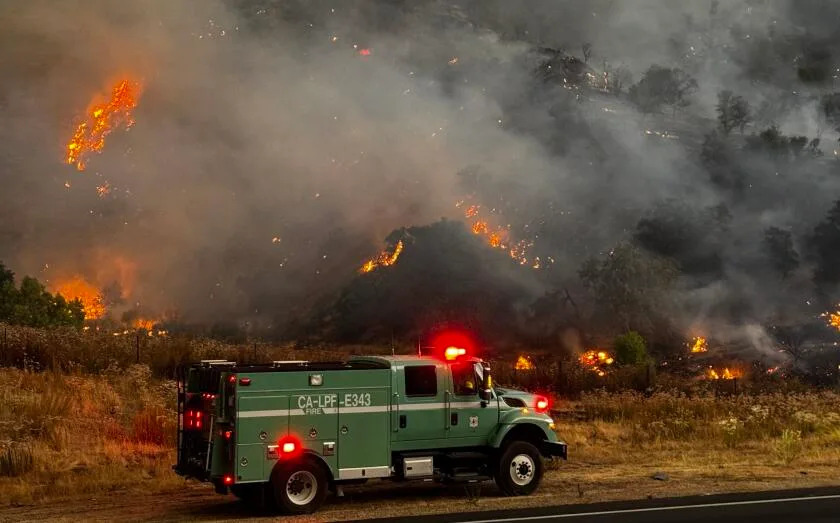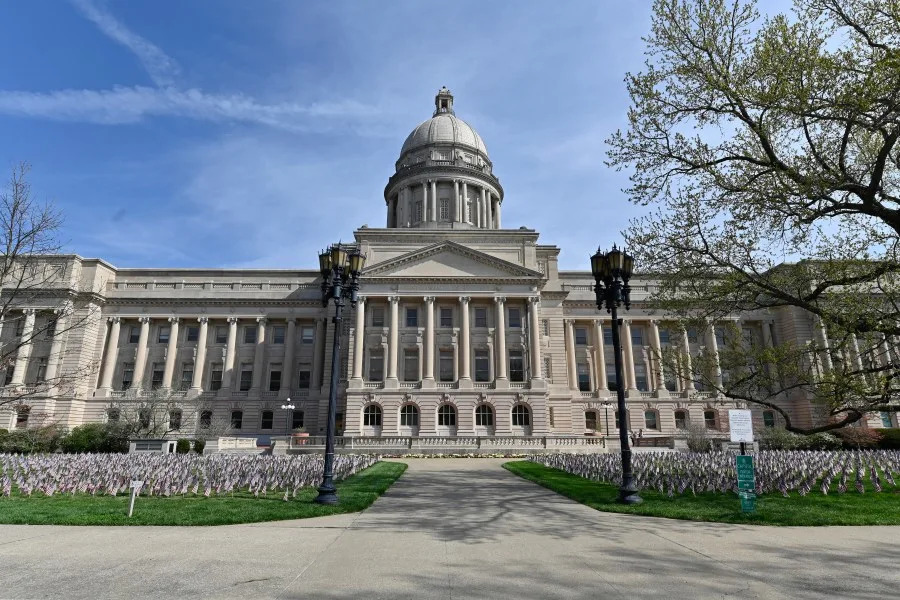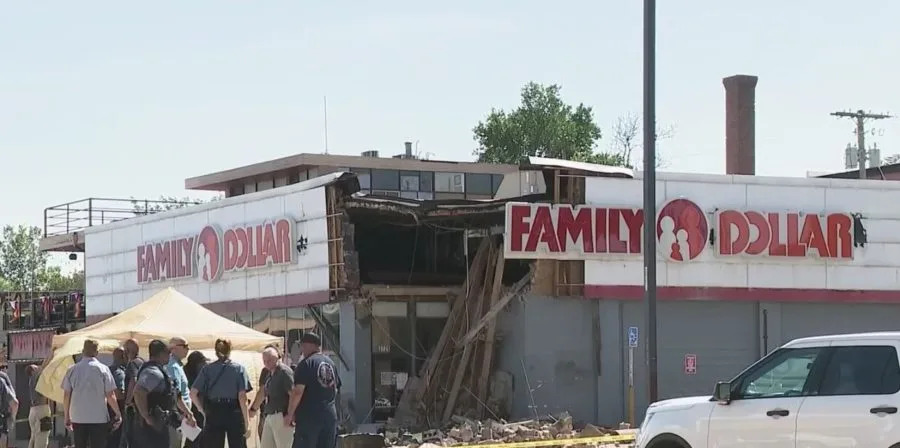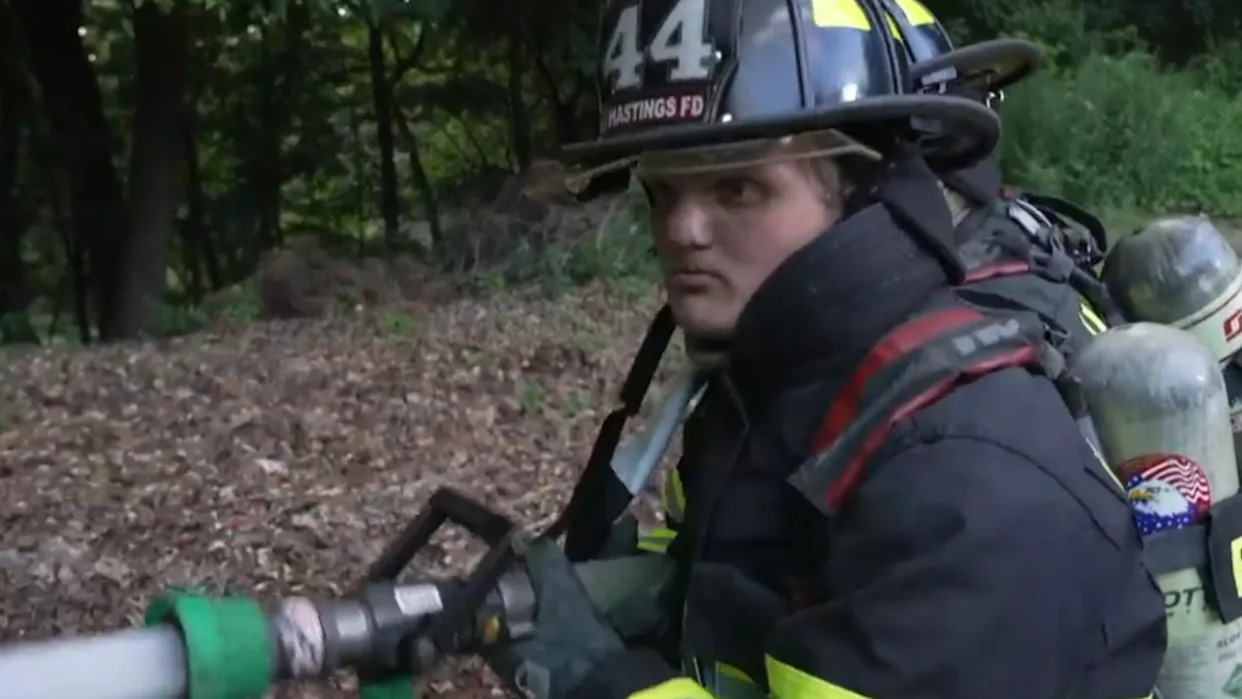
More than halfway through the year, California is currently on pace to have more fires and burn significantly more acreage than it did last year, with a weekend blaze in the rugged Central California mountains posing the latest challenge for firefighters.
As of mid-July, California has seen more than 220,000 acres burn this year, almost 100,000 acres more than the state has seen on average at this point in the year over the last five years, according to statistics from the California Department of Forestry and Fire Protection.
That total doesn’t yet include the acres burned in three fires that started in Southern California on Monday, including the 348-acre Gold fire in San Bernardino County, or the Gifford fire, which ignited Friday in a rural, mountainous stretch across the Santa Barbara and San Luis Obispo county line and has scorched more than 65,000 acres.
This year's spike in fire activity appears to be driven by several large fires across Central and Southern California, including three major fires that devastated parts of Los Angeles County in January. But even without those unprecedented January fires — the Palisades, Eaton and Hughes — this year would still outpace the five-year average for this point in the season.
Northern California, where some of the state's biggest and deadliest fires burned a decade ago, has had a relatively slow start to its peak fire season, though it has seen two fires grow to around 20,000 acres, both close to the Oregon border. But an unseasonably cool start to the summer has kept vegetation moisture above average for this time of year in many areas in the northern half of the state, Bay Area meteorologists say.
That hasn't been the case in Southern California, where limited winter rains left vegetation exceptionally dry, and several short heat waves have already occurred.
“We are in that critical level of below 50% [of moisture] through most of the county" and much of Southern California, said Santa Barbara County Fire Capt. Scott Safechuck.
Officials are now warning that another widespread heat wave in the southern half of the state could further raise the threat for fires across a parched landscape and, if they start, cause "abnormally elevated fire behavior and growth with the risk of plume-dominated fires."
Already, crews have been fighting those erratic fire conditions in the Gifford fire, with massive smoke plumes shooting hundreds of feet in the air, which then collapse on themselves and create unpredictable winds. That phenomenon, known as a plume-dominated fire, increases fire activity and unpredictability, and crews were bracing for more of that erratic fire behavior Monday — and into the week as temperatures increase.
“You can see it going from dark gray [to white] and then it starts capping out," Safechuck said of the plumes he saw Sunday. "It will become heavier than the air and will drop back on itself."
The Gifford fire, the state's largest active fire, has spread across the rugged Sierra Madre mountains since it broke out Friday, and was only 3% contained as of Monday, according to the U.S. Forest Service. It is burning about 15 miles east of Santa Maria, threatening hundreds of people in the area's rural communities, Safechuck said.
A mix of high heat and fast-burning fuel can contribute to plume-dominated fires, experts say. Highs across much of Southern and Central California this weekend and Monday were in the low 90s, but forecasts show that the area around the Gifford fire could reach into the low 100s by the end of the week.
Read more: Gifford fire consumes nearly 50,000 acres in Los Padres National Forest
“That heat is going to become a bigger role as we head later in the week," said Robbie Munroe, a National Weather Service meteorologist in Oxnard. "The hot, dry conditions could cause additional concern for the Gifford fire."
The widespread heat wave is expected to push temperatures into the high 90s and low 100s across inland Southern California from Wednesday through at least Saturday, increasing the fire risk across the region.
Even with more than 1,000 firefighters assigned to the Gifford fire, officials predicted additional growth "as the fire aligns with topographical features along grass and brush-covered hillsides," Monday's update said. While winds up to 25 mph and dry fuels have been the fire's major drivers the last few days, Safechuck said that would only be exacerbated as temperatures rise.
"Since the fire has started, you’ve seen huge growth each day ... and that’s because you’re dealing with the fuel that’s out there," Safechuck said. "The fuel is so dry that the fire just carries through it very quickly."
Several evacuation orders and warnings remain in place around the Gifford fire — with some newly issued near the Cuyama Valley and parts of rural, southern San Luis Obispo County — with almost 500 structures threatened in nearby agricultural communities, according to officials.
The fire has closed down an estimated 60-mile stretch of Highway 166, between Highway 101 and to the southern junction of Highway 33, a key east-west corridor.
Officials have opened up two shelters for evacuees at Benjamin Foxen Elementary School in Santa Maria and Cuyama Valley Family Resource Center in New Cuyama.
While Safechuck said they anticipate continued fire growth Monday and possibly the rest of the week, he said crews have some advantage to the northeast, where the blaze has overlapped with the footprint of the Madre fire, which scorched more than 80,000 acres in the area last month. It is this year's largest fire for California, according to Cal Fire statistics.
“That northern, eastern side is an advantage for us — it doesn’t have fuel to consume there," Safechuck said.
Officials have reported three injuries from the fire, which were sustained by civilian contractors, authorities said.
The fire was first reported about 2 p.m. Friday near Los Padres National Forest’s Gifford trailhead. According to Cal Fire, the blaze had multiple starting points along Highway 166, but the cause remains under investigation.
And even with a disparity thus far between fire activity in the north and south, that's likely to change over the next few months, with both areas forecast to see normal to above-normal fire activity.
“Warm and dry conditions will bring an above normal chance for significant fires to Southern California from the mountains westward,” according to the August outlook issued by the National Significant Wildland Fire Potential Outlook.
And in Northern California, the outlook said that “near to above normal large fire potential is projected for August through October."
This story originally appeared in Los Angeles Times.








Comments